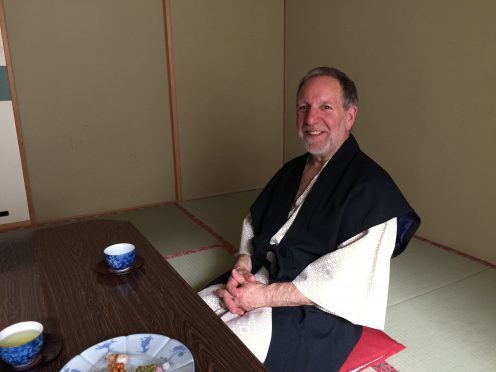A successful approach to supporting social enterprises, developed in the Highlands and Islands, could be introduced on a Japanese island.
An unscheduled meeting between Inverness-based support and development consultancy HISEZ and a team of researchers from Hokkaido has led to a close two-year working relationship between the two regions.
Now a paper is being prepared for the government of Japan’s most northerly island outlining how projects developed to benefit communities in Scotland could be replicated there.
Although home to less than 10% of Scotland’s population, 22% of country’s social enterprises are based in the Highlands and Islands. HISEZ, Scotland’s first community interest company (CIC) was established in 2003 to support their development and the economic growth and sustainability of communities throughout the area.
The relationship between the organisation and the Hokkaido Research Organisation began in 2014, when a delegation arrived at its offices in Castle Street.
“They just turned up at our door and told us they were researching social enterprises in rural areas,” said HISEZ chief executive Brian Weaver.
Following the meeting members of HISEZ were invited to Hokkaido to give a seminar on their work, then went on to prepare a proposal on how they they could help establish a similar organisation there.
“As a first step it was decided that the Hokkaido Research Organisation should send a researcher here,” said Mr Weaver.
“Takahisa Hinata came over and spent time with us, travelling all over the area and visiting projects. We have stayed very closely in touch with him since and he is now writing a paper on his findings for the government of Hokkaido.
Mr Weaver said that despite being 12,000 miles apart and Hokkaido having a population of nearly 5.5m, they had discovered many similar issues during their working relationship.
He added: “For instance, we recently learned that we had both been working with communities that wanted to buy a dis-used school to turn it into a community cafe.
“The difference is that here such groups can access support mechanisms put in place by the Scottish government that is far beyond what is available elsewhere.”
Mr Weaver said that he believed if approaches used here were adopted on the Japanese island, they would focus on the best ones and seek to improve them.










